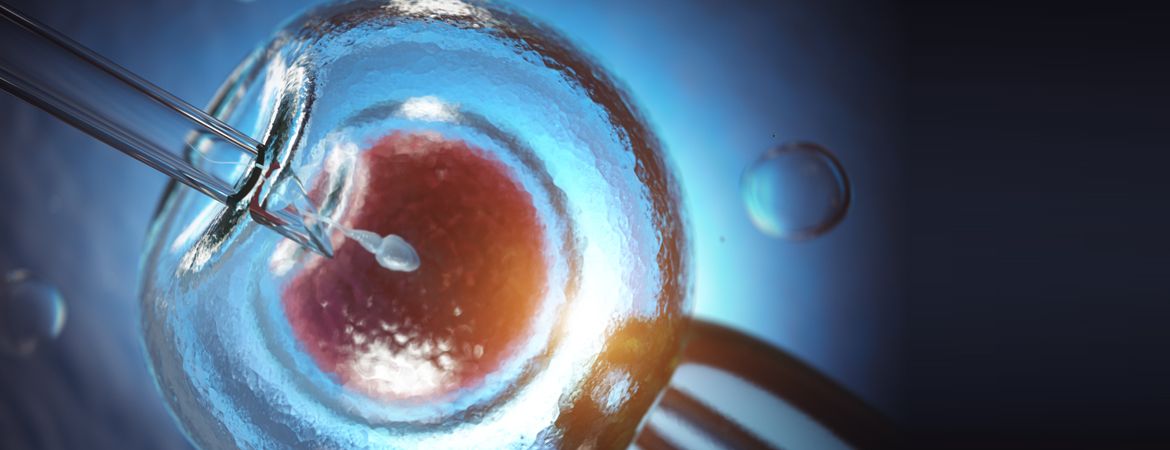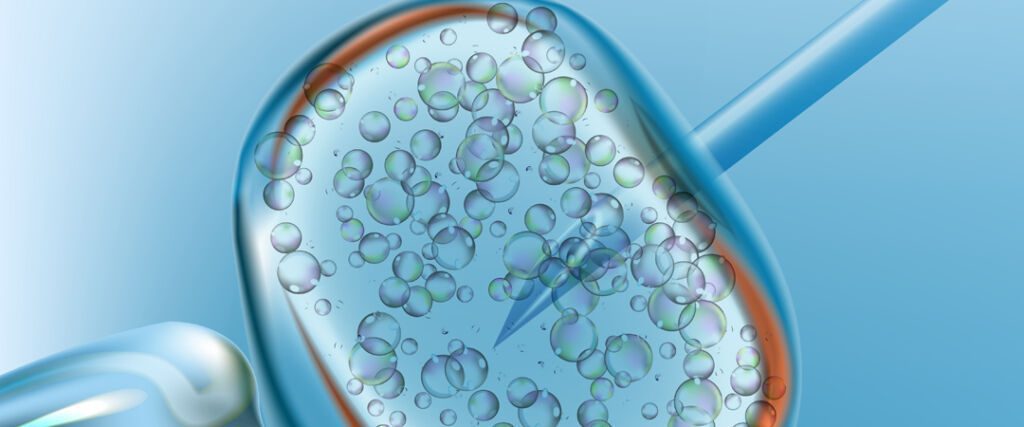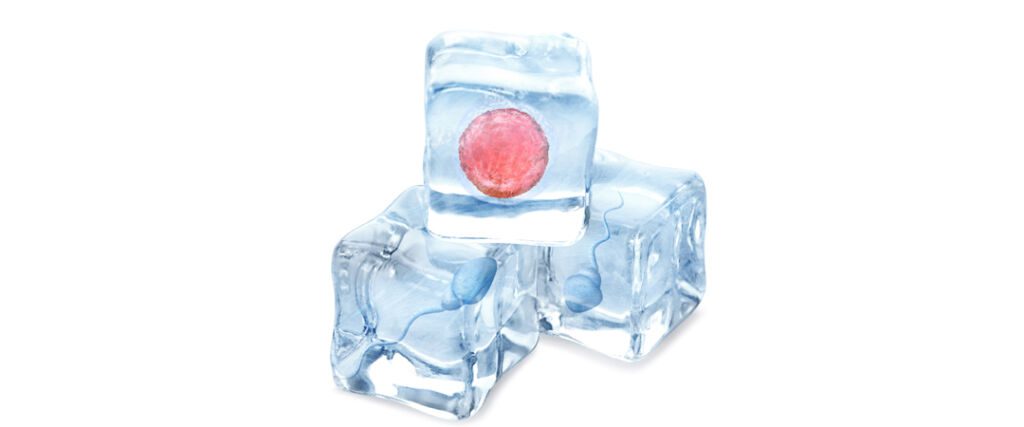
Medically assisted reproduction (MAP) is an option for couples who are having difficulty conceiving a child. In this comprehensive guide, you’ll discover the different methods of MAP available, such as in vitro fertilisation (IVF), artificial insemination and gamete donation. You’ll learn about the process of each method and the factors to consider when making your decision. If you and your partner are considering MAP, this guide will give you the information you need to make an informed decision.
Medically assisted reproduction (MAP) is a process that creates a pregnancy outside the body. The term ‘assisted’ means that healthcare professionals, such as a fertility doctor or embryologist, are involved in the process, either directly or indirectly.
ARTIFICIAL INSEMINATION
This is the process of introducing sperm from a male partner or donor into a woman’s uterus to encourage fertilisation.
Artificial insemination is one of the most common methods of assisted reproduction.
The male partner’s sperm, or that of a donor, is introduced into the woman’s uterus to encourage fertilisation. This method is often used if the male partner’s sperm has problems with quality or motility, or if the couple is having difficulty conceiving naturally.
The process of artificial insemination usually involves several steps. First, the sperm are prepared in the laboratory to increase the chances of fertilisation. Next, a thin, flexible catheter is used to put the sperm into the woman’s uterus. This procedure is usually painless and does not require anaesthesia.
It is important to note that insemination can be done with the male partner’s sperm or with donor sperm. In some cases, a sperm donor may be used if the male partner is unable to produce viable sperm or if there is a risk of transmitting a genetic disease.
It’s important to consult a fertility specialist before deciding to use assisted reproduction as a M.A.P (medically assisted procreation) method. They will be able to assess your individual situation, discuss the options available to you and give you detailed information about the process and success rates of artificial insemination.

IN VITRO FERTILISATION (IVF)
This technique involves stimulating the woman’s ovaries to obtain several eggs, which are then fertilised in the laboratory with sperm from the male partner or a donor. The resulting embryos are then transferred to the woman’s womb.
In vitro fertilisation (IVF) is a method of medically assisted reproduction often used when other methods have failed to achieve pregnancy. It involves stimulating a woman’s ovaries with medication to produce a number of mature eggs. The eggs are then retrieved and fertilised in the laboratory with sperm from the male partner or a donor.
Once the embryos have formed, they are monitored to determine their quality and viability. Good quality embryos are then transferred to the woman’s uterus using a thin, flexible catheter. Embryo transfer is usually painless and does not require anaesthesia.
After the transfer, it is important to follow the fertility specialist’s instructions to maximise the chances of a successful IVF treatment. This may include recommendations about rest, diet and taking extra medication.
It’s important to remember that IVF can be an expensive and emotionally challenging process. It is therefore essential that you consult a fertility specialist to discuss your options, expectations and concerns before deciding to use this MAP method. They will be able to give you detailed information about the process, success rates and the emotional and financial implications of IVF.
INTRACYTOPLASMIC SPERM INJECTION (ICSI)
This method (assisted reproduction methods) is used when sperm quality is poor. A single sperm is injected directly into the egg to encourage fertilisation.
Intracytoplasmic sperm injection (ICSI) is a method of assisted reproduction used when sperm quality is poor. In this technique, a single sperm is injected directly into the egg to promote fertilisation.
ICSI is often recommended when sperm have morphological abnormalities or poor motility. It can also be used when the number of sperm is insufficient for natural fertilisation.
The ICSI process starts with ovarian stimulation to obtain several mature eggs. The eggs are then retrieved and placed in a special solution. An embryologist then selects a high quality sperm and injects it directly into the egg using a fine needle.
After the injection, the eggs are monitored to see if fertilisation has taken place. If fertilisation is successful, the embryos are grown in the laboratory for a few days before being transferred to the woman’s uterus.
ICSI is an effective method for couples with fertility problems related to sperm quality. However, it is important to note that this method can be costly and also carries risks, such as the risk of multiple pregnancies.
It is therefore important to see a fertility specialist to discuss your options and whether ICSI is the best method for you. They will be able to give you detailed information about the procedure, success rates and the emotional and financial implications of ICSI.

FERTILITY PRESERVATION
FEMALE FERTILITY PRESERVATION
Female fertility preservation is offered to any patient whose medical management is likely to affect her fertility, or whose fertility is at risk of being affected prematurely.
The various techniques available:
Oocyte vitrification
Egg vitrification is a fertility treatment in which eggs are frozen and stored at very low temperatures. Doctors use this method to preserve the eggs of women who are undergoing cancer treatment or who have other medical problems that can lead to infertility.
Eggs can be frozen and stored for up to 10 years without losing their ability to develop into healthy embryos.
Egg freezing is sometimes used if you have a condition that could affect your fertility, such as cancer treatment. In this case, your doctor may recommend that you freeze some of your eggs before treatment so that you can use them later if you need to.
Egg freezing is also sometimes used if you’re trying to conceive naturally, as it allows you to keep your options open for later. If you don’t want to use your frozen eggs right away, they will remain viable until the time comes to use them (or up to 10 years from the date they were frozen).
Ovarian tissue preservation:
Ovarian tissue preservation is suggested for patients with good ovarian reserve who require highly gonadotoxic treatment or when oocyte vitrification is not an option.
Ovarian tissue cryopreservation (OTC) is a technique that allows a large number of reserve follicles to be cryopreserved.
It can be performed at any age, especially in children and prepubertal girls.
MALE FERTILITY PRESERVATION
SPERM CRYOPRESERVATION
Sperm cryopreservation (assisted reproduction methods) is the process of preserving sperm at very low temperatures. This allows men to preserve their sperm in case they need it in the future, or to donate their sperm to a sperm bank. Sperm can be frozen in liquid nitrogen or in a special medium.
The main reasons for cryopreserving sperm are to:
- Preserve the fertility of men undergoing cancer treatment or other therapies that are likely to reduce their sperm count.
- Preserve sperm for use in assisted reproduction techniques such as in vitro fertilisation;
- Enable men who are about to undergo surgery for a medical condition (such as testicular cancer) to preserve their fertility before starting treatment.

